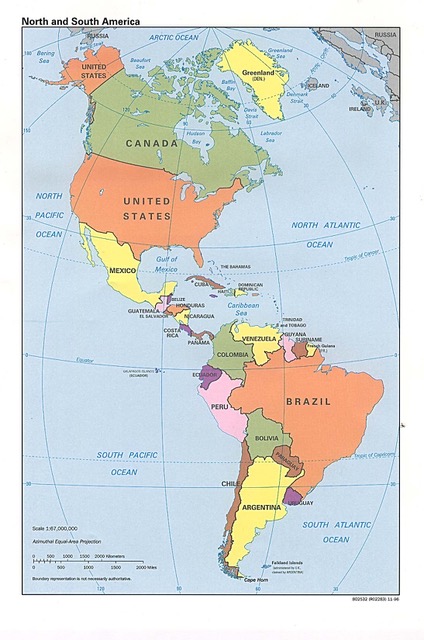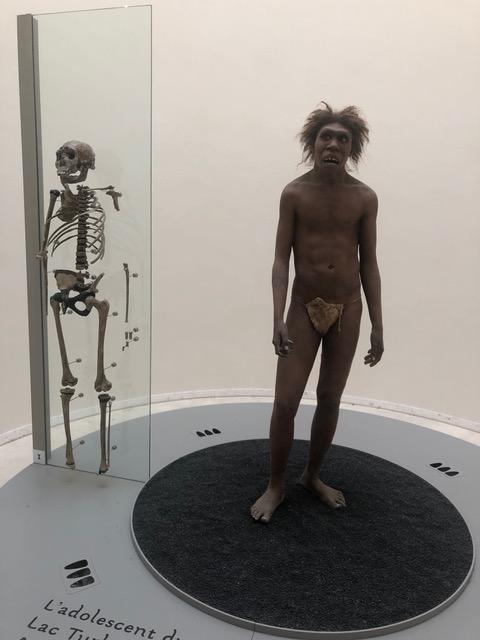
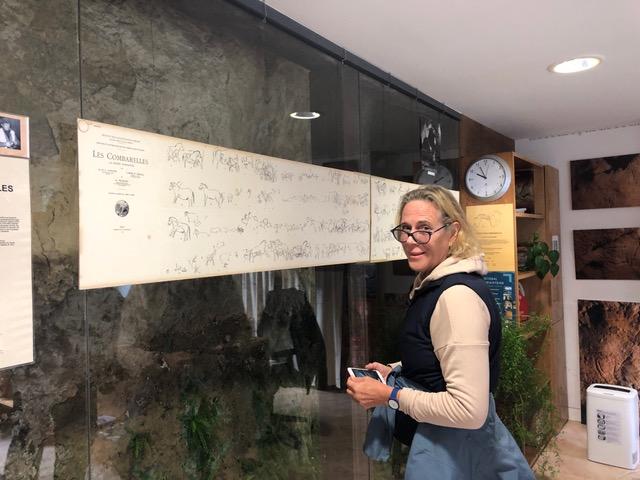
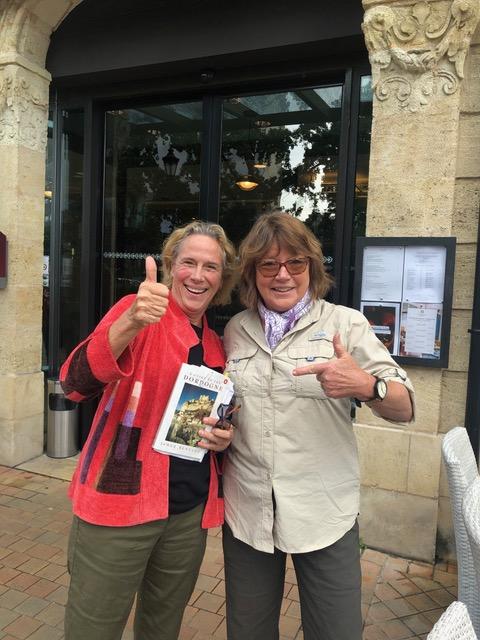
It is September. The sky is quickly turning dark; the wind picks up. I have an hour. I choose an outside table at the small cafe where I can feel the fresh air and await fellow travelers while they are shopping. The awing over my head promises protection from the oncoming drizzle. Five euros worth of espresso and Perrier leaves me refreshed and allowed me sitting rights by the roadside of the D47, a country road that sweeps across the Vezere valley under the mammoth cliffs in Les EyZsies. Ah the Perigord, or shall I call this place the Dordogne? It is all in same place – SouthWest France.
Why so many names? Humans have existed continuously on this river plain for at least 100,000 years, the longest of any part of Europe. Only 19,000 and 14,000 years ago, there were artists here. We think it was more than one. We don’t know. Was it a he or a she who marked on the interior walls in different ways using different techniques in different millennia?
The limestone caves with such porous rock surfaces that speckle the region are still being discovered. They say that when locals find caves with or without paintings, they won’t let anyone know to avoid the human onslaught of curiosity.
We toured one such cave this morning. We met the guide outside the gates of the long narrow cave known as Combarelles after the word “comb” which is a U shape of a valley. He is an enchanting, a tanned gentleman, a lift in his heals. Pascal is able to walz between English and French as he prepares us for the 200 meter excursion through the narrow passages of this place.
The first man of prehistory was discovered here in Les Eyzies only 110 years ago. It was an abbot who came from Paris to relax by the modern means of transport – the new train. He then devoted decades deciphering the lines scratched, engraved and maybe scraped on the rolling interior rock surface. The abbot and other archeologists he invited to assist, together dug out the cave, only a long crawl space. Twenty years later, they were able to stand up all the way into the depths of the earth. so today we can actually walk upright in to see the art.
As we enter, Pascal asks for quiet. Lights pop on as we come close to them, but blink out after we pass. Several meters in, we are introduced to one line, one shape; then we find the next one and then it becomes complicated. Each turn of my head reveals a new animal in an angle of the surface. Could it be an etched line? Or is this “natural”? My respect is enormous for the artist who worked with less than a meter of space and so far away from the entrance. We finally arrive at a gate where the tour will stop; yet the cave with much more art continues on a very long trajectory into the heart of the earth.
What is remarkable is how the etchings fit into each other and into the contours made by the rock. Etching was created in the flicker of light from a juniper branch that burned in reindeer fat held in a stone pocket the shape of a shell. The fire for the flame of light was ignited from sparks created by scratching flint stones under a hood of flammable straw.
Once armed with fire, oil to fuel the fire, juniper branches to be wicks, cupped rock shapes for lamps, scraping tools for mark making; It had to have been a production to bring in the materials on hands and knees to allow the artist to do the work.
Occasional electric lighting guides us now until we come to a special view point. Angled light shows the nose of a horse and an eye emerging from the rounded soft stone. Without Pascal, we would miss it all. The dates, the times of the numbers of horses, the reindeer drawings snugly fit in lines and patterns. It is an enormous mural. The stories start to melt together. How important could the message be? What does/did it mean?
One of the deer is perfectly drawn on a natural rock edge as if it is licking the rim of the rock with its tongue, as if it is actually drinking water! Nearby, the mammoths are fantastic with huge curved tusks. One mammoth looks left; another nearly touching the other, looks to the right. Just a little farther are many horses with large bellies and short necks, like the species that existed then. Boxes are drawn or scratched in the bellies of each. Are they pregnant? Are the boxes symbols? Farther along is a single lion in clear profile with an eye that looks out; it practically knows me. The solo bear, I am expecting a blob, is unmistakable as a bear! The ibex has long, long arcs of hooked horns. The line quality is steady and clear matching the formations of the rock wall and keeping each mark depicting the exact anatomical details correctly. And then there are the sexual symbols of several vulva, some fertility shapes of female forms without heads or feet and a single long penis!
We are only allowed a few minutes to be in the cave. As we walk single file back to natural light, it feels like I am leaving a birth canal. We remain close together and in silence, our group of 7, the most allowed at one time in here, only five tours a day; that’s 35 on days the cave is open.
We will see many more caves with man’s marks in paint, with tools, in color, in relief: the Cap Blanc sculpture under the over hang, the spectacular tri-colored Font du Gaume. We will take a train deep into the Grotto Rouffignac to see a swarm of mammoths dancing with ibex and horses and bulls – all on the ceiling over 1 kilometer from the opening. We will enjoy the museum of Lascaux with its excellent reproductions and explanations of the art of prehistory.
But where I have just been in the Vezere valley deep within the narrow limestone cave of Combarelles, so quiet, so long with multiple scratched etchings, remains my favorite.
A visit to the Dordogne is a step back in time where small farms continue to thrive; fields of sunflower and lavender, hectares of walnut trees, beautiful expansive vegetable gardens and happy goose and duck farms.
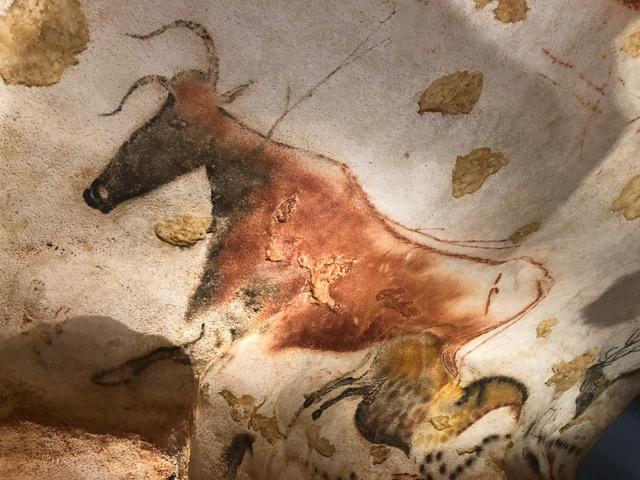
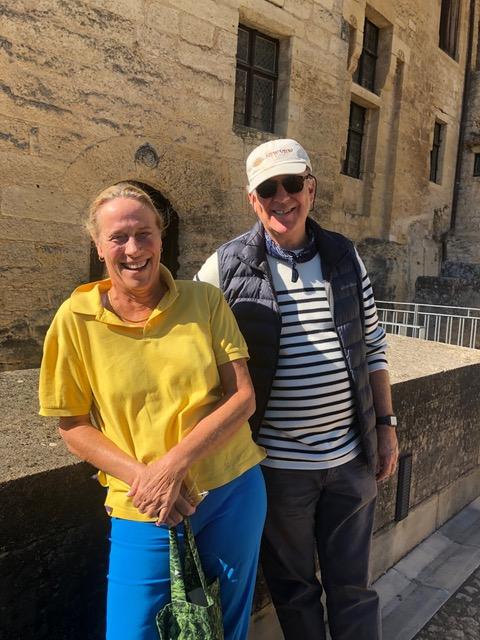

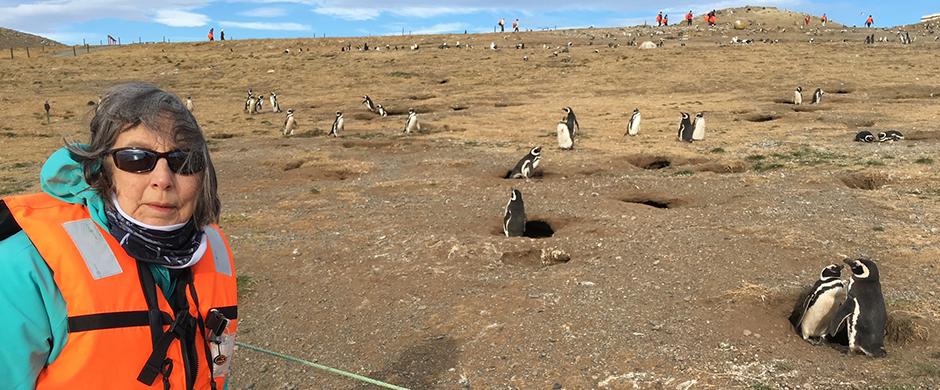

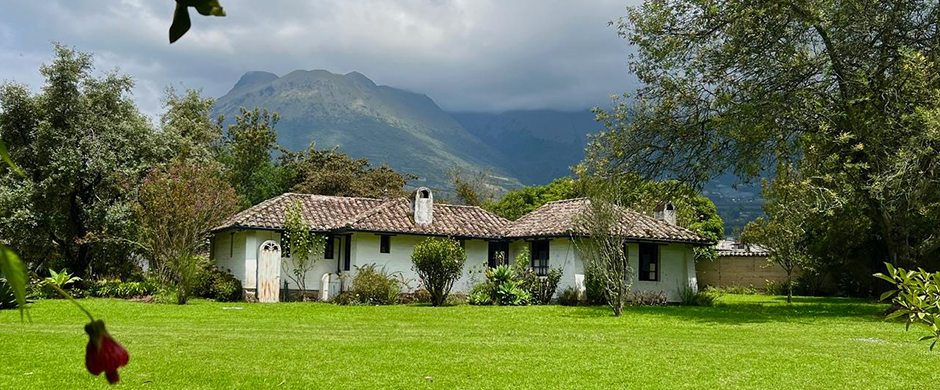
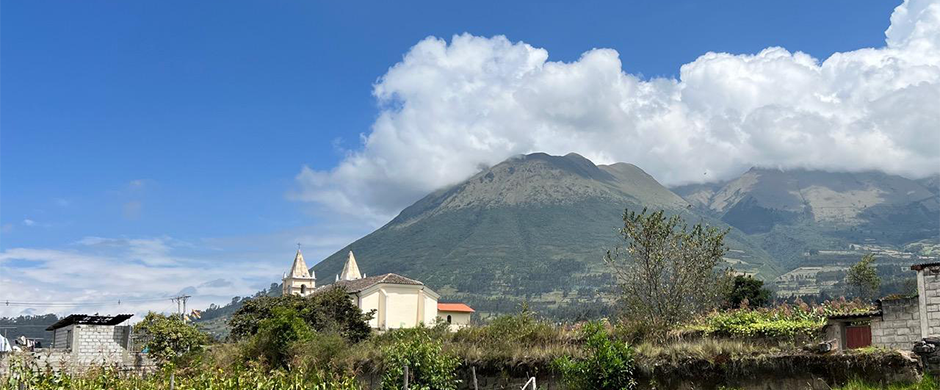
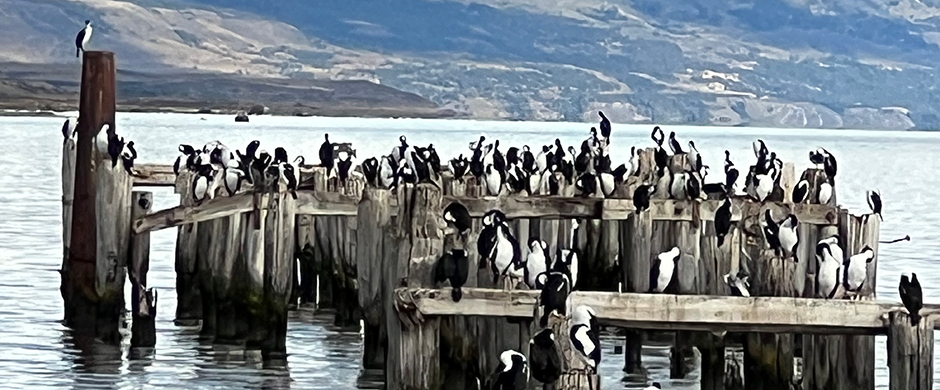
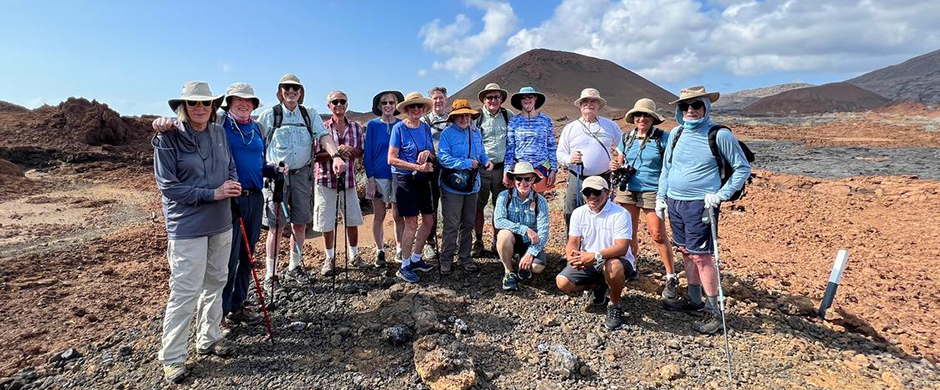
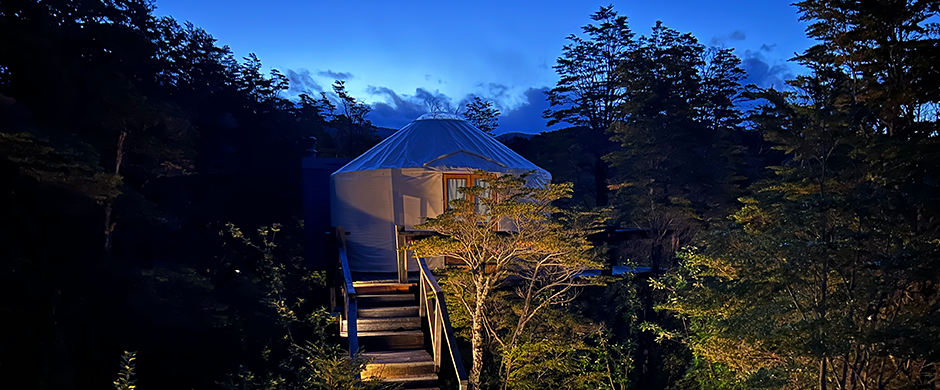
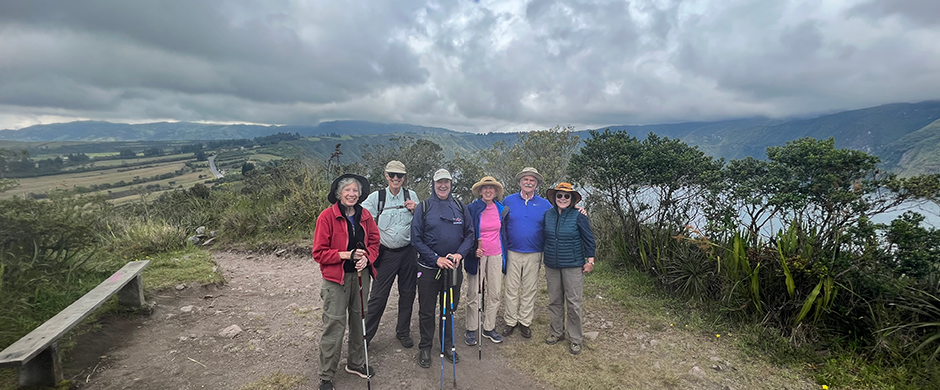
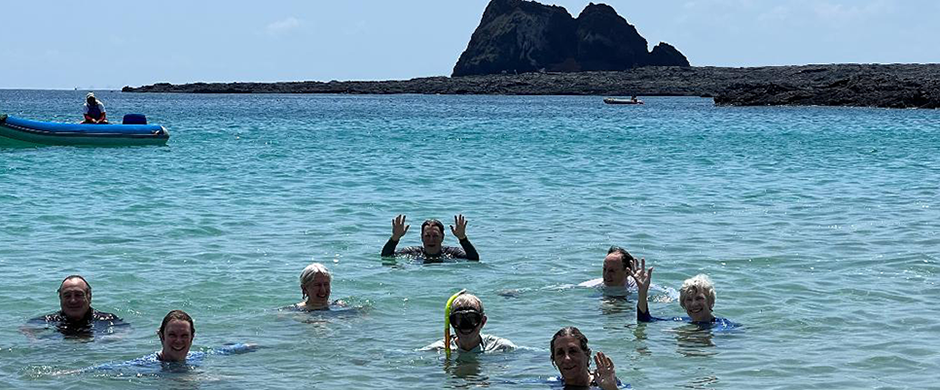

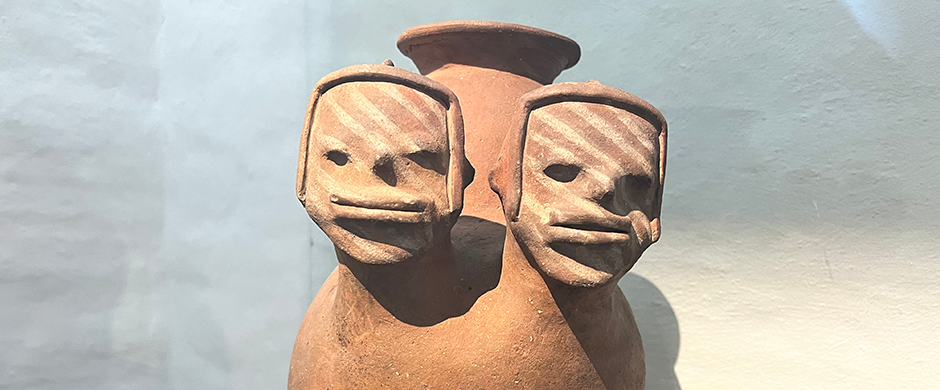
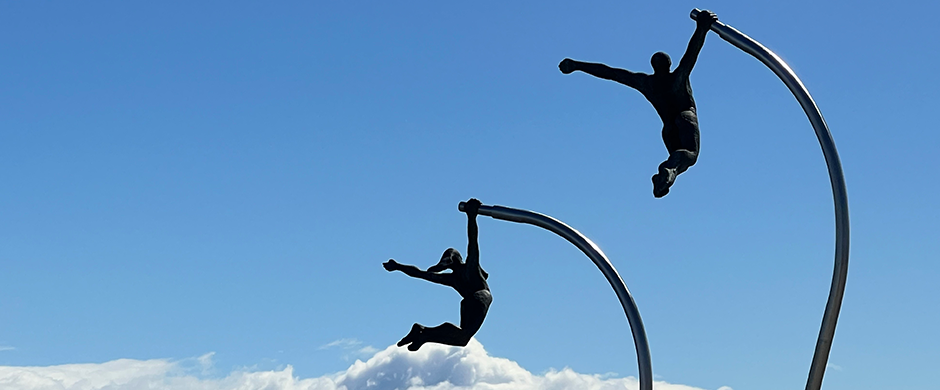
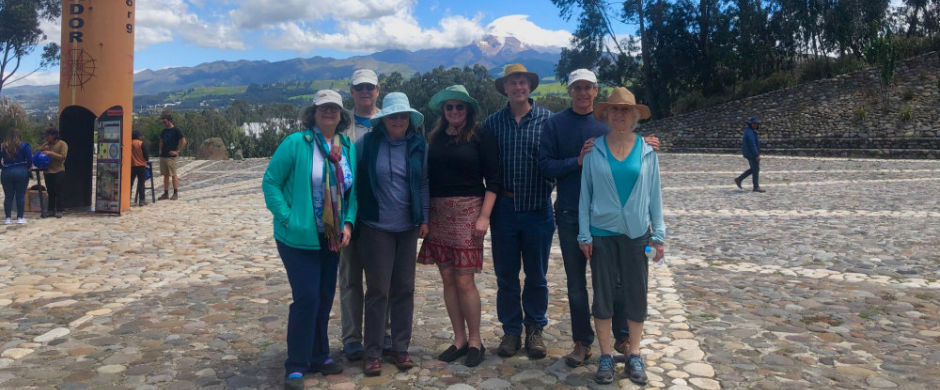
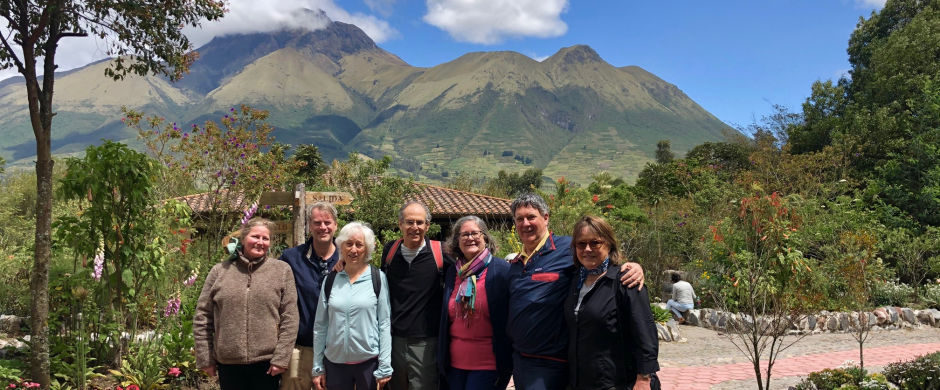
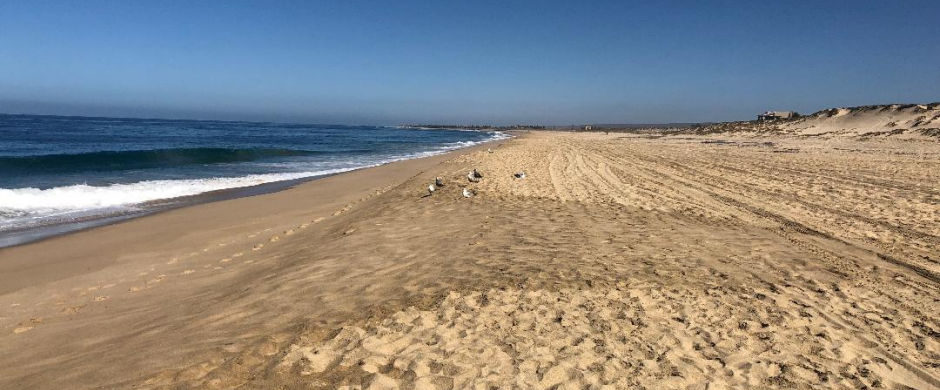
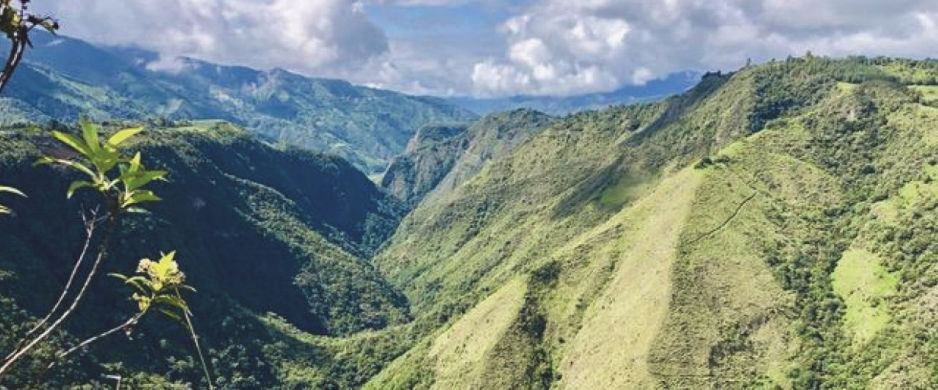
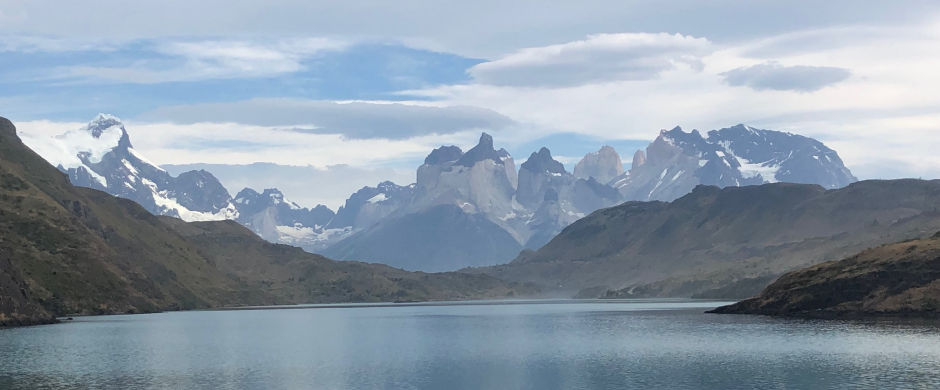
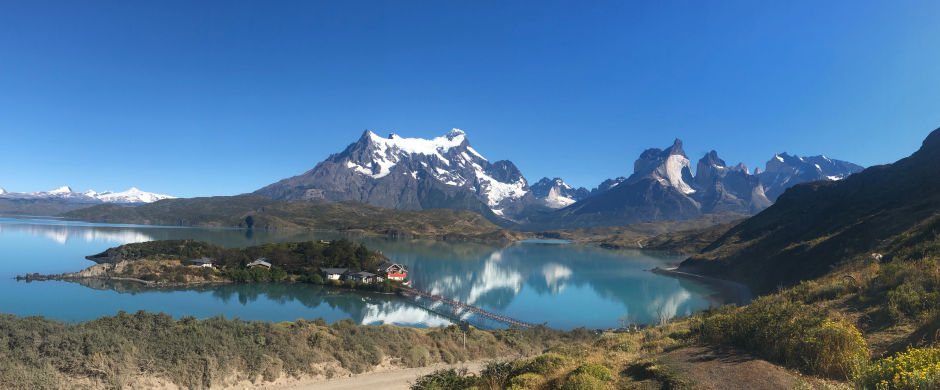
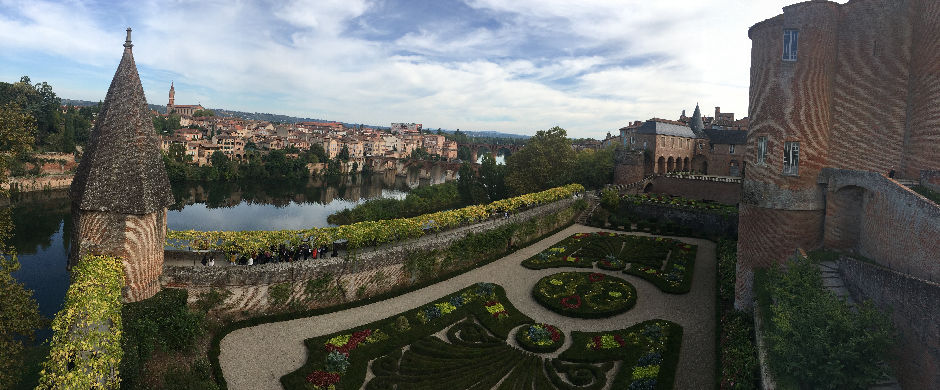
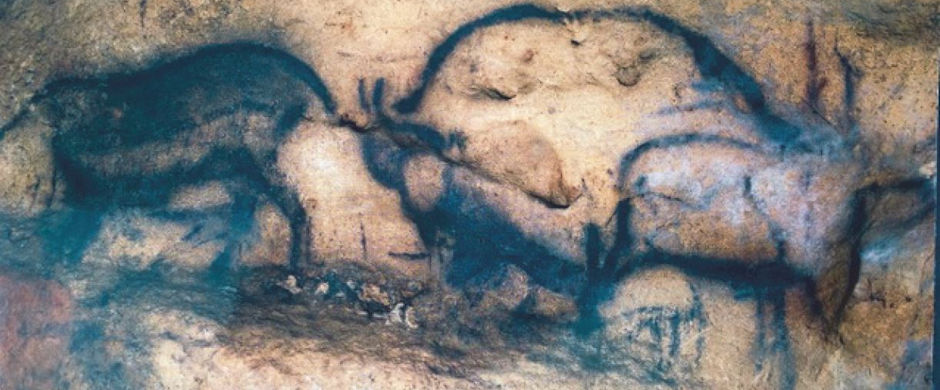



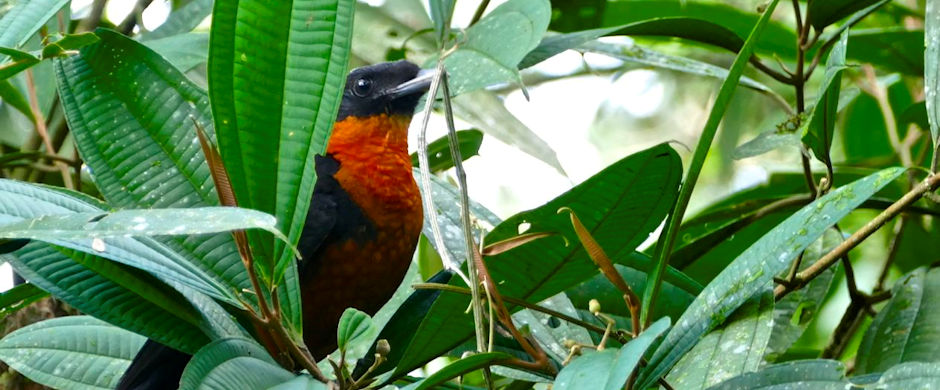

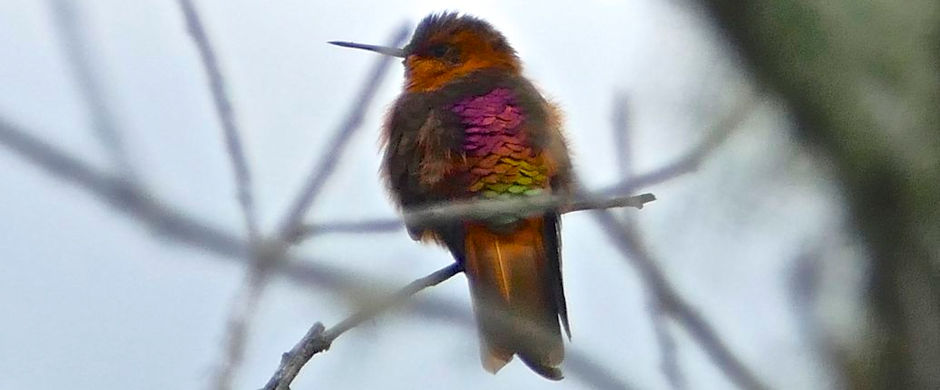
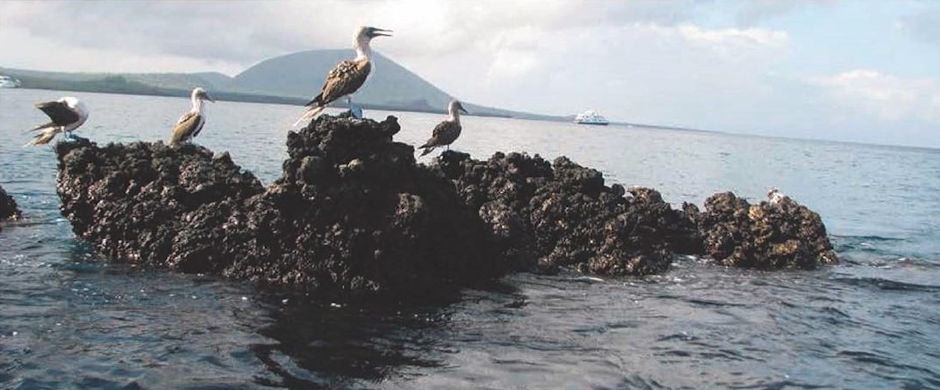

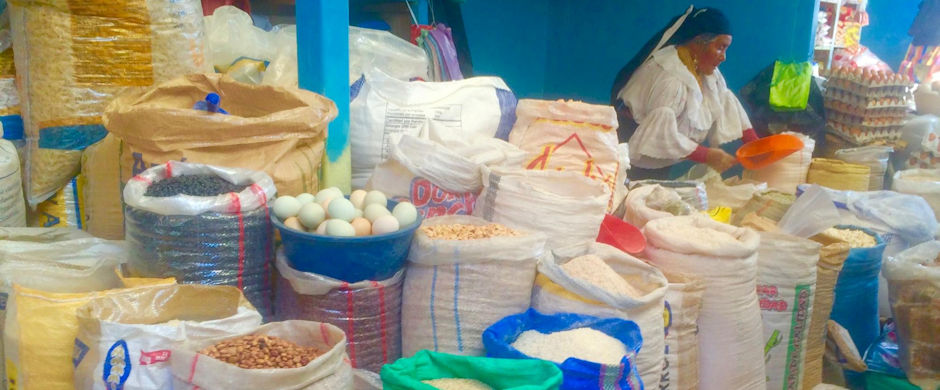

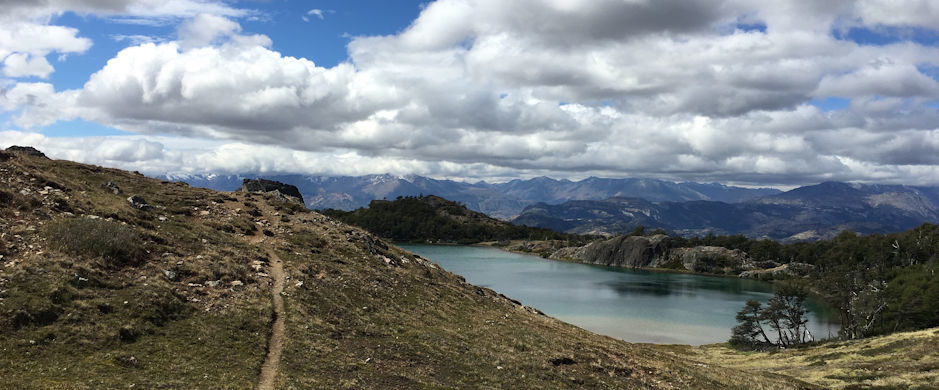
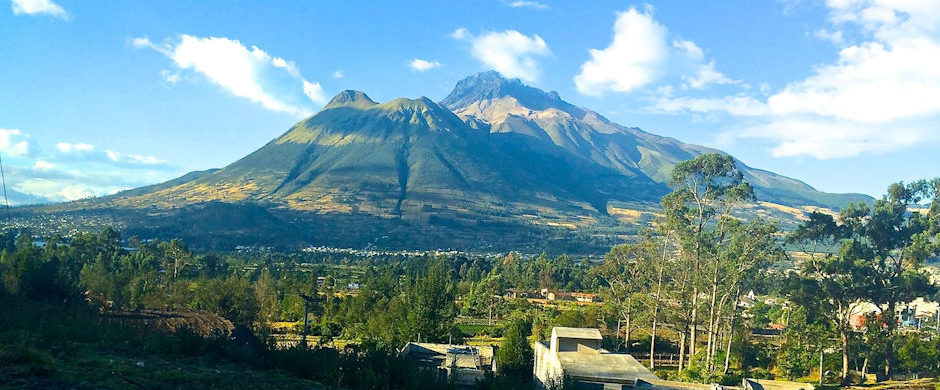
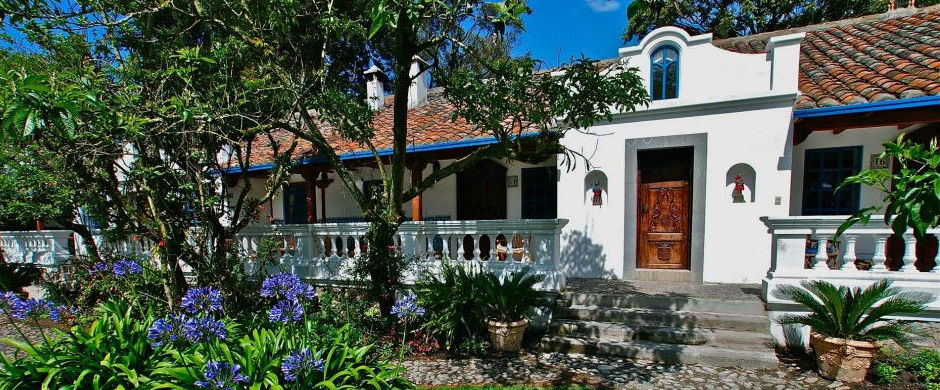
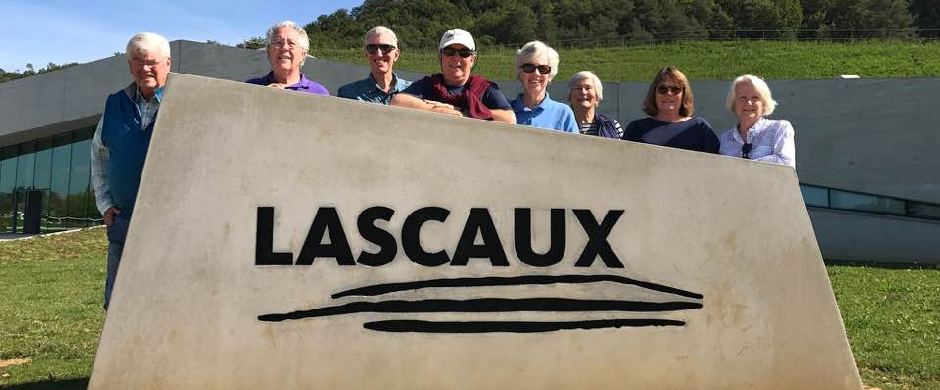
 Follow us
Follow us 